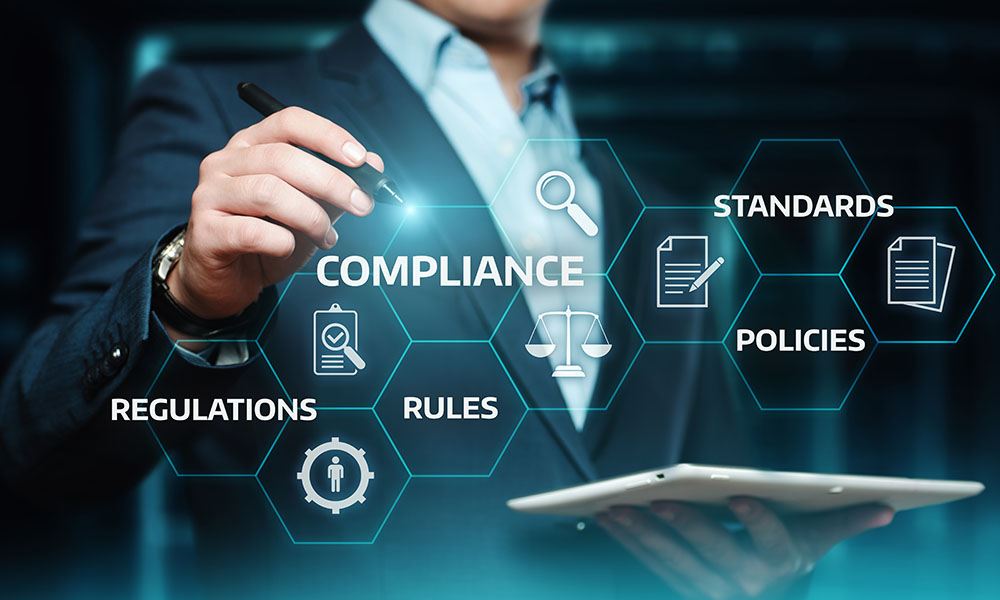Starting on January 1st, 2024, the Corporate Transparency Act (“CTA”) will introduce new reporting requirements that may affect your company. These changes come as the U.S. government seeks to enhance corporate transparency and curb illicit financial activities facilitated through anonymous shell companies.
We have provided a concise overview below to help you understand the key components of the CTA and its potential impact on your business. We hope you will find this recap useful.
Your Business Might be a Reporting Company
The scope of the CTA is broad, which means that your business is likely to be subject to these new reporting requirements. Reporting companies include both domestic and foreign entities (corporations, LLCs, and similar private entities) created or registered to conduct business in the U.S. There are some exceptions, such as entities that employ more than 20 US-based employees, have filed US federal tax returns demonstrating more than $5 million in gross receipts or sales, and have an actual office within the United States.
Beneficial Ownership Reporting
Reporting Companies will have to disclose information about their beneficial owners—individuals who exercise “substantial control” (directly or indirectly) over the company or own or control at least 25% ownership interest in said company. Criteria for “substantial control” include:
- Serving as a senior officer.
- Exercising authority over senior officers or a majority of the board.
- Having significant influence over company decisions.
- Any other forms of substantial control.
Reporting Requirements and Process
Reporting Companies will have to provide information about both the company itself and each individual who is a beneficial owner of the company.
- Company Information: Full legal name, any trade or d/b/a name, address of the principal place of business in the U.S., jurisdiction of formation, and federal taxpayer ID number.
- Beneficial Owner Information: The individual’s name, date of birth, residential address, unique identifying number (from a U.S. or non-expired foreign passport), and a copy of this document.
Though detailed forms are yet to be released, reports will primarily be submitted electronically through a FinCEN portal. FinCEN is currently developing secure and confidential systems to facilitate and protect this information exchange, ensuring it remains inaccessible to the public.
Non-compliance penalties include civil fines of $500 per day of non-compliance and criminal penalties of up to a $10,000 fine or 2 years in jail.
Timeline for Compliance
- Existing Companies: Entities created or registered in the U.S. before January 1, 2024 will have a full year, until January 1, 2025, to comply with the CTA by filing their initial report.
- New Companies: Entities created or registered on or after January 1, 2024, will have to file their initial report within 30 days of creation or registration in the U.S.
We’re Here to Support You
We understand that new regulatory requirements can be complex. Our dedicated team is closely monitoring the developments and is ready to assist you in navigating through these requirements.









